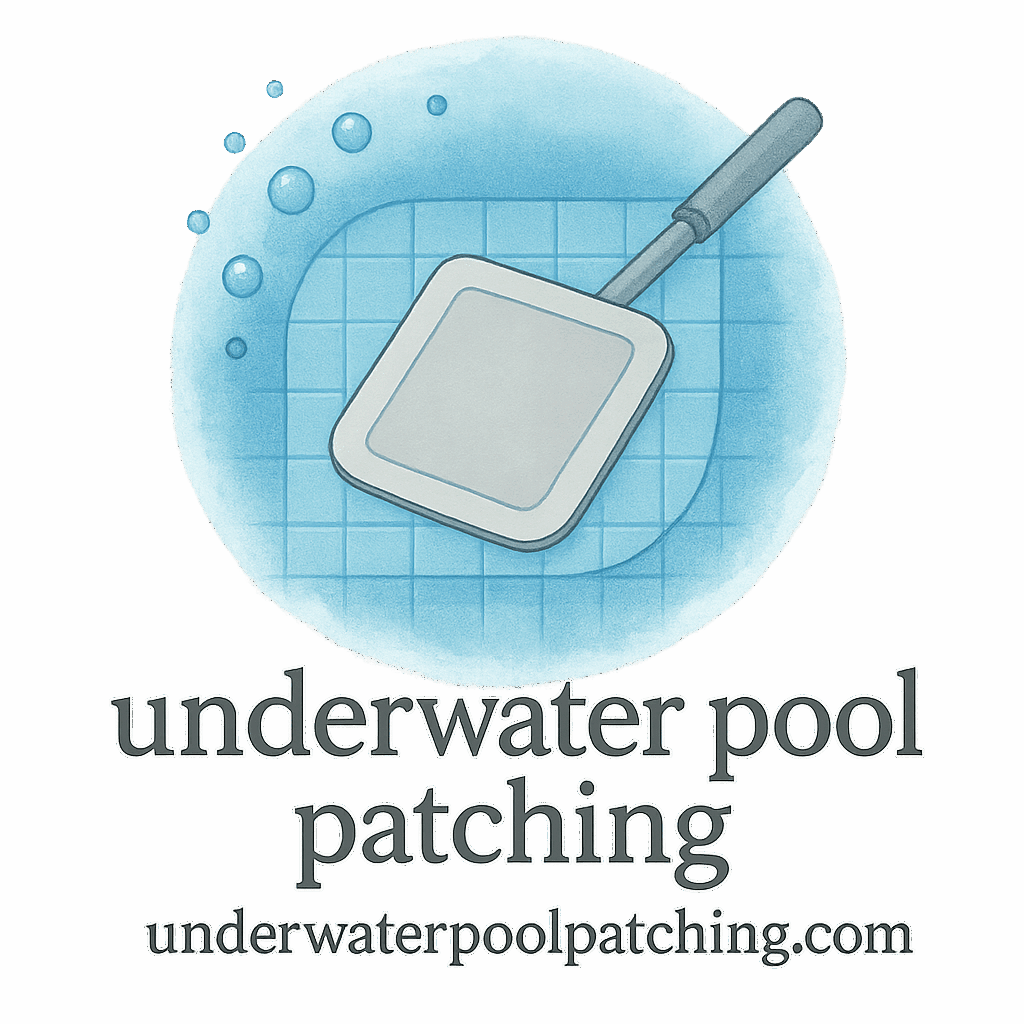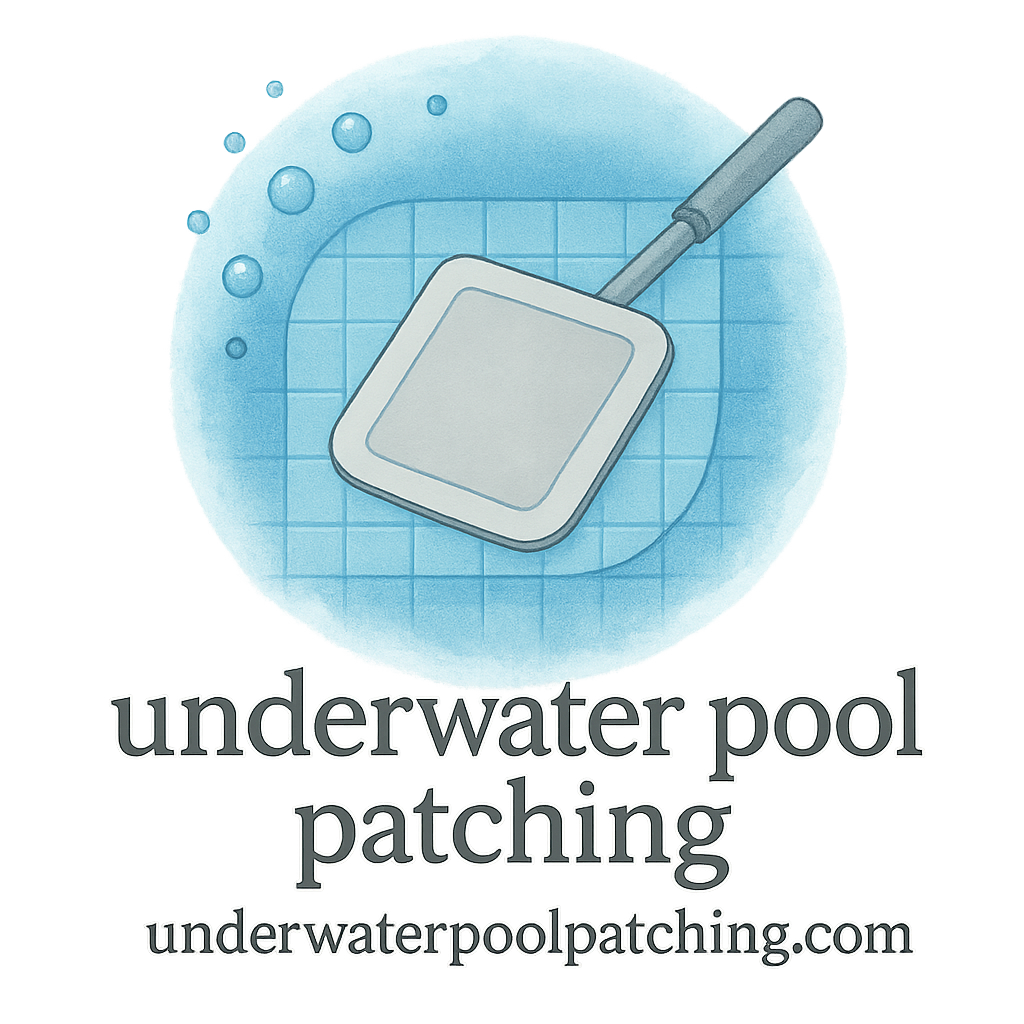Introduction
If you’ve ever tried patching or applying materials to a pool with rough surfaces, you know it can feel like trying to stick tape on sandpaper. Not fun, right? Uneven, abrasive textures make application tricky, reduce patch adhesion, and often lead to repairs failing sooner than expected. But here’s the good news: with the right approach, materials, and techniques, you can make even the roughest pool surfaces smooth sailing.
In this guide, we’ll break down 5 foolproof application tips for pools on rough surfaces that anyone—DIY pool owners or professionals—can use to get strong, lasting results.
Why Rough Pool Surfaces Need Special Care
Not all pool surfaces are created equal. While smooth plaster or vinyl gives you a clean base for repairs, rough finishes like exposed aggregate or aging plaster pose unique challenges.
Common Causes of Rough Pool Surfaces
- Aging plaster wearing down
- Chemical imbalance leading to surface erosion
- Calcium deposits creating gritty buildup
- Poor previous patch jobs that left uneven areas
Challenges of Applying Patches on Uneven Surfaces
When applying a patch to rough surfaces, adhesion is often the biggest challenge. Think of it like trying to glue something onto gravel—it doesn’t always hold. Without proper preparation and the right materials, patches peel, leak, or crack. That’s why you need a systematic approach.
Tip 1: Proper Inspection and Diagnosis Before Application
You can’t fix what you don’t fully understand. A thorough inspection helps you avoid wasted effort and costly mistakes.
How to Spot Hidden Damage
Look beyond the obvious cracks. Tiny leaks, hollow spots under plaster, and invisible erosion often lurk beneath the surface. Running your hands across the walls and floor can reveal rough patches or hollow sounds.
Tools You’ll Need for Inspection
- Flashlight for spotting fine cracks
- Food coloring for leak detection
- Tapping rod to detect hollow areas
- Waterproof camera for deeper inspection
Leak detection and pressure testing
For peace of mind, consider doing a pressure test or professional leak detection. These tests pinpoint problem areas before you start patching, saving you time and materials.
👉 For a detailed guide on inspection and diagnosis, check out this resource.
Tip 2: Choosing the Right Patch Types and Materials
The success of your application hinges on choosing the right patch materials.
Epoxy vs. Cement-Based Patches
- Epoxy patches: Great for waterproof sealing and small cracks. They adhere well, even underwater, and resist chemicals.
- Cement-based patches: Ideal for structural repairs on rough, deep surfaces. They blend better with concrete pools but usually require a drained pool for application.
Flexible vs. Rigid Materials
Rough surfaces expand and contract more than smooth ones. Flexible patch materials adapt better, preventing cracks from reopening.
Best materials for long-lasting adhesion
Look for epoxy-based solutions or hybrid products specifically designed for patch repair. These last longer and stick firmly to textured surfaces.
👉 Need help selecting? Visit patch types and materials guide.
Tip 3: Surface Preparation is Key
If you skip this step, even the most expensive patch material will fail.
Cleaning and Removing Debris
Remove dirt, algae, calcium deposits, and any loose material. Use a wire brush or grinder to expose a clean surface for bonding.
Smoothing Out Edges
Jagged edges around cracks or chips make adhesion weaker. A little sanding or chiseling goes a long way in creating a solid base.
Why edge finish makes or breaks a patch
A smooth edge finish prevents peeling and ensures the patch blends seamlessly into the pool’s surface. Think of it as feathering paint on a wall—the smoother the transition, the better the result.

Tip 4: Application Techniques That Work on Rough Surfaces
Now comes the fun part—actually applying your patch.
Underwater vs. Drained Pool Applications
- Underwater patching: Convenient and avoids draining costs, but requires special adhesives and techniques.
- Drained pool patching: Offers better visibility and more material options but takes longer and may increase costs.
👉 Learn more about repair techniques.
Layering Methods for Durability
For rough surfaces, applying in layers works best. The first layer fills the gaps, while the second smooths and seals.
Avoiding bubbles and uneven finishes
Press firmly to push out air pockets. Any trapped bubbles can weaken the patch and cause leaks. Using a smoothing tool ensures a clean, even surface.
Tip 5: Maintenance and Prevention After Application
Even the best repair job won’t last forever without proper care.
Routine Checks and Maintenance Plans
Regular inspections help catch new issues early. Consider setting up a maintenance plan to schedule routine checks and minor touch-ups.
Cost-Saving Strategies for Long-Term Care
- Balance your pool chemicals to avoid erosion
- Invest in durable patching materials upfront
- Set reminders for quarterly inspections
When to call professionals vs DIY
If you notice recurring leaks, structural cracks, or stubborn surface erosion, it’s time to call in the pros. DIY works great for minor issues, but professionals ensure long-term restoration.
👉 Explore our maintenance and prevention guide for more strategies.
Budgeting and Cost Considerations
Patching rough pool surfaces doesn’t have to drain your wallet.
How to Save Money Without Sacrificing Quality
Buy quality patch kits once, instead of repeatedly fixing with cheap materials. Long-term, it’s the smarter money-saving move.
Subscription Plans for Ongoing Care
Some services offer subscription maintenance, spreading costs out and ensuring your pool always gets the attention it needs.
👉 Check our full guide on cost and budgeting.
Conclusion
Rough pool surfaces don’t have to mean rough repairs. By following these 5 foolproof application tips, you can extend the life of your pool patches, save money, and enjoy a smooth swimming experience. From inspection and choosing the right materials to mastering application techniques and maintaining your pool, these steps ensure your hard work doesn’t go to waste.
Your pool is an investment—treat it with care, and it’ll return the favor with years of crystal-clear enjoyment.
FAQs
1. Can I patch rough pool surfaces without draining the pool?
Yes! With the right underwater patching techniques, you can repair rough surfaces without draining, saving both time and money.
2. What’s the best material for patching rough concrete pools?
Epoxy-based patches or cement mixes designed for textured adhesion are the best bet.
3. How often should I check for pool surface damage?
Routine checks every 3–6 months help catch issues before they get worse.
4. Is it worth hiring professionals for patch repair?
If the damage is widespread or structural, yes. For small fixes, DIY with the right materials can work just fine.
5. How long do pool patches last on rough surfaces?
With proper materials and maintenance, a quality patch can last several years, especially if combined with a strong maintenance plan.
6. What’s the biggest mistake people make when patching rough surfaces?
Skipping surface prep—dirty, jagged surfaces almost always lead to patch failure.
7. Can I save money by using cheaper materials?
Maybe short-term, but in the long run, you’ll spend more redoing repairs. Investing in quality patching materials pays off.


